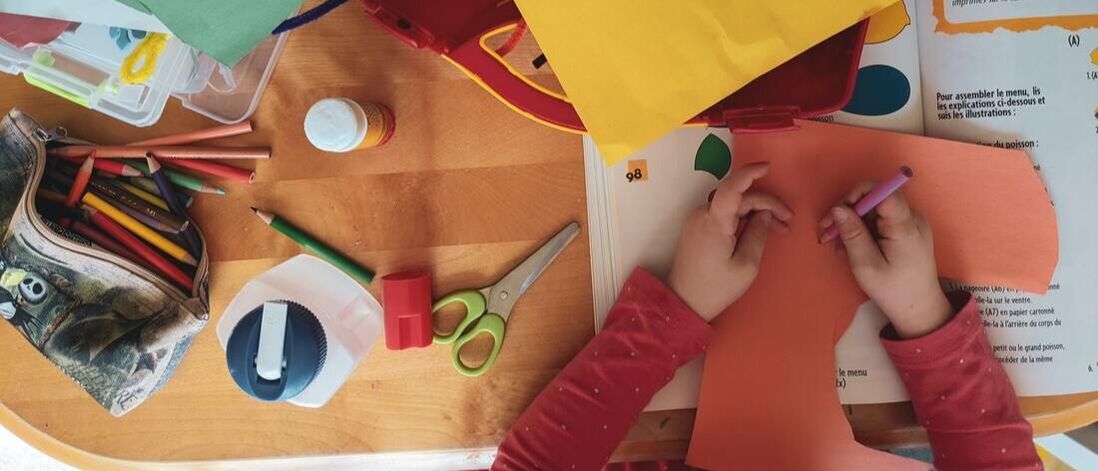|
Back to school is a busy time of year for families and it can be difficult to get back into the rhythm of a constantly moving routine. Children in foster care often must overcome the additional barriers of entering a new school while living in an unfamiliar home, school and community. This can cause anxiety, sadness and fear, often creating extra trauma and chaos that needs to be navigated. One tool that can be helpful is to create a quiet space for the child to enjoy. A designated area set aside in the home allows a child space to refresh mind and body, which is especially important for children who have sensory needs, mental health needs or no longer nap. A quiet space provides a break from stimulation and teaches the child a new coping mechanism in managing stress and other big feelings. Below are some ideas for creating this valuable tool. If you are supporting a foster family through the back-to-school season, consider planning and establishing areas in both of your homes!
0 Comments
Leave a Reply. |
|
|
WHO WE ARE
|
GET INVOLVED
|
PROGRAMS
|
RESOURCES
|
QUICK LINKS
|
FOLLOW US ON SOCIAL MEDIA
Project 1.27 • 14000 E. Jewell Ave. • Aurora, CO 80012
Copyright Project 1.27 • All Rights Reserved
Copyright Project 1.27 • All Rights Reserved



